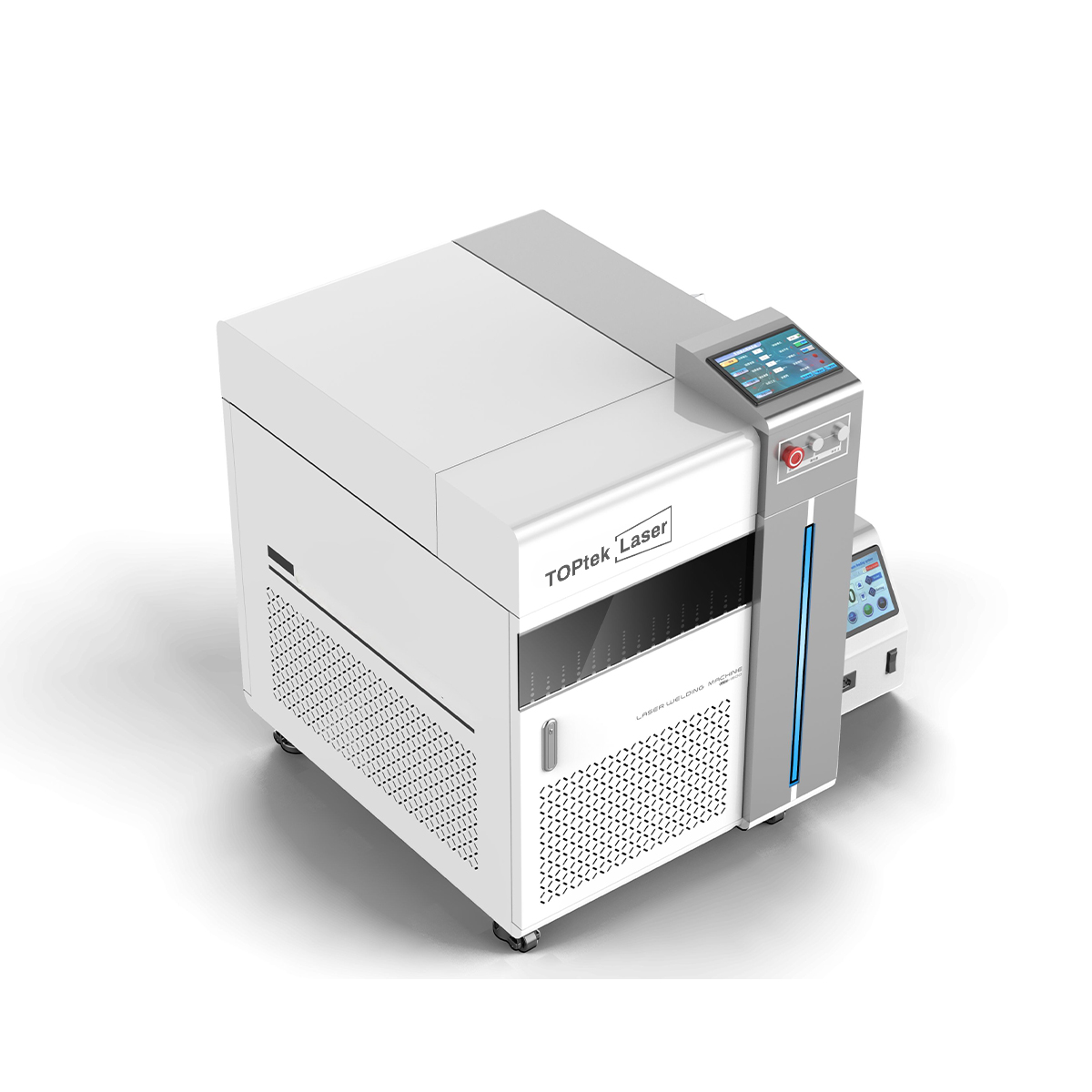The development trend of welding robot(1)
Apr 18,2023 | TOPTEK
At present, the international robotics community is intensifying scientific research and conducting research on common robot technologies. From the perspective of the development trend of robot technology, welding robots, like other industrial robots, are constantly developing in the direction of intelligence and diversification. It is specifically manifested in eight aspects (which will be divided into two parts 1 and 2 for analysis). The following are four aspects:

1) The structure of the robot arm: through the application of modern design methods such as finite element analysis, modal analysis, and simulation design, the optimal design of the robot arm mechanism is realized. Explore new high-strength and lightweight materials to further increase the load-to-weight ratio. For example, the robot company represented by the German KUKA company changed the parallelogram structure of the robot to an open chain structure, which expanded the working range of the robot, and the application of lightweight aluminum alloy materials greatly improved the performance of the robot. robot. In addition, the use of advanced RV reducer and AC servo motor makes the manipulator almost a maintenance-free system. Organizations are moving towards modularity and reconfigurability. For example, the servo motor, reducer, and detection system in the joint module are three-in-one; the joint module and the connecting rod module are used to restructure the entire robot; foreign modular assembly robot products have been launched one after another. The structure of the robot is getting more and more dexterous, and the control system is getting smaller and smaller.
.jpeg?w=889&h=500)
The two are moving in the direction of integration. The use of parallel mechanism and robot technology to achieve high-precision measurement and processing is the expansion of robot technology to numerical control technology, which lays the foundation for the integration of robot and numerical control technology in the future. Companies such as Italian COMAU and Japanese FANUC have developed such products.

2) Robot control system: focus on open and modular control systems. Develop towards a PC-based open controller, which is convenient for standardization and networking; the integration of equipment is improved, the control cabinet is getting smaller and smaller, and a modular structure is adopted; the reliability, ease of operation and maintainability of the system are greatly improved. The performance of the control system has been further improved, from the standard 6-axis robot controlled in the past to the 21-axis or even 27-axis control now, and software servo and full digital control have been realized. The man-machine interface is more friendly, language and graphical programming interface are under development. The standardization and networking of robot controllers and PC-based network controllers have become research hotspots. In addition to further improving the operability of online programming, programming technology will also focus on the practical application of offline programming, which has been practically applied in some fields.

3) Robot sensing technology: The role of sensors in robots is becoming more and more important. In addition to traditional position, speed, acceleration and other sensors, assembly welding robots also use laser sensors, vision sensors and force sensors to achieve automatic welding. And precision assembly operations, etc., greatly improving the robot's operating performance and environmental adaptability. Remote control robots use multi-sensor fusion technologies such as vision, sound, force, and touch to perform environmental modeling and decision-making control. In order to further improve the intelligence and adaptability of the robot, the use of various sensors is the key to its problem-solving. Its research hotspot is the effective and feasible multi-sensor fusion algorithm, especially the multi-sensor fusion algorithm in the case of nonlinear, non-stationary, and non-normal distribution. Another issue is the practicality of the sensing system.

4)Network communication function: The latest robot controllers of Japan's YASKAWA and Germany's KUKA have realized the connection with Canbus, Profibus and some networks, making the robot a big step forward from the past independent application to the network application, and also making the robot Robots have developed from special equipment in the past to standardized equipment.
For more information please click:
https://www.youtube.com/watch?v=VHyqjoLTHyI
https://www.linkedin.com/company/91096732/admin/



